
Photo by Carla Rich Montez.


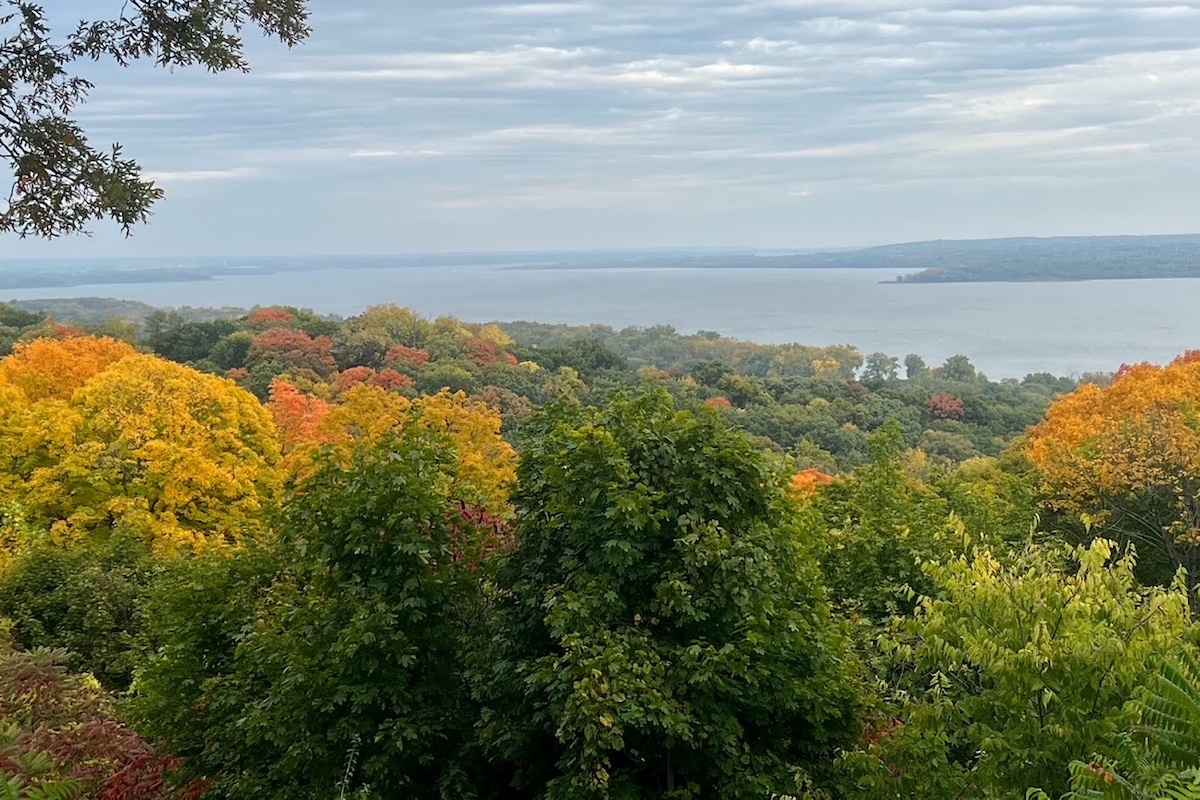
Photo by Carla Rich Montez.
In this issue, we introduce a four-part series highlighting the seasonal activities* of some of Illinois’ most iconic wildlife. What are you seeing in your Outdoor Illinois?
Though the muggy weather dampens the sounds of late summer, August is anything but quiet. Cicada songs roll through the canopy during the day, while the early evenings are punctuated by the trills of katydids and crickets.
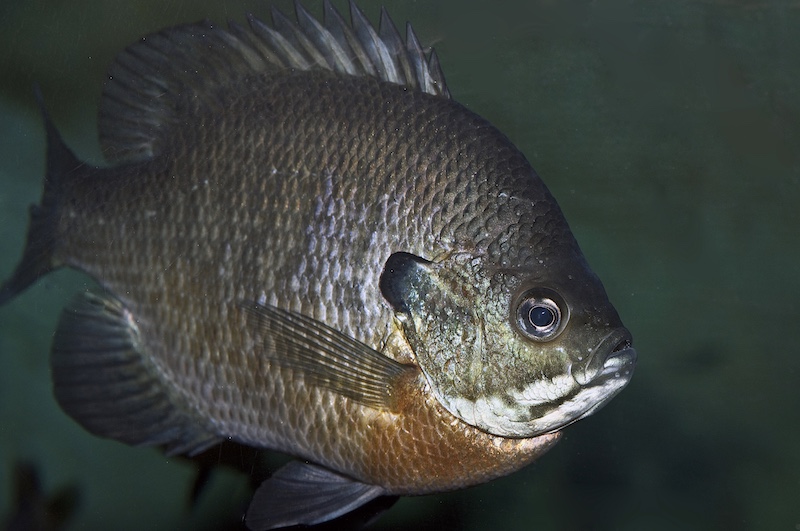
At night, an observant listener may hear calls from mixed groups of songbirds who are migrating together as a defense against predators. Along the way, they will encounter shorebirds like the tawny-colored killdeer and lesser yellowlegs. Or they may cross paths with some of the birds who have spent their summer in Illinois: American white pelicans, sora rails and osprey.
At the water’s edge, notice the baritone tune of the male American bullfrog. His loud croaking is meant to interest all females who wish to take a swim. Beyond the shore, fish like crappies and bluegills are heading to deeper water in search of cooler temperatures.
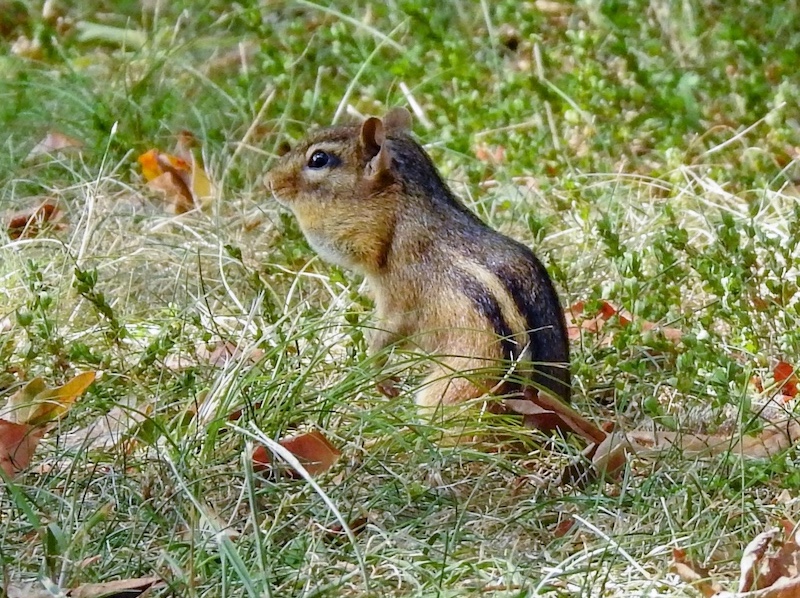
The shortening days of August signal an urgency to eat. Fox and gray squirrels cut hickory nuts and acorns from the trees, and the remaining songbirds enjoy grapes and blackberries complemented by hawthorn and dogwood fruits. Watch for eastern chipmunks whose cheeks are bulging with the seeds they will cache for the winter.
On the prairies and grasslands, summer blossoms are visited by pollinators like honeybees, bumble bees and wasps. They are joined by Illinois’ state insect, the monarch butterfly, who dines and lays eggs on the milkweeds. At the field edges, the smooth sumac shrubs are slowly changing to their crimson color, and the fruit of the American persimmon are nearly ripe – but wait a little longer before you eat one to avoid a sour surprise.
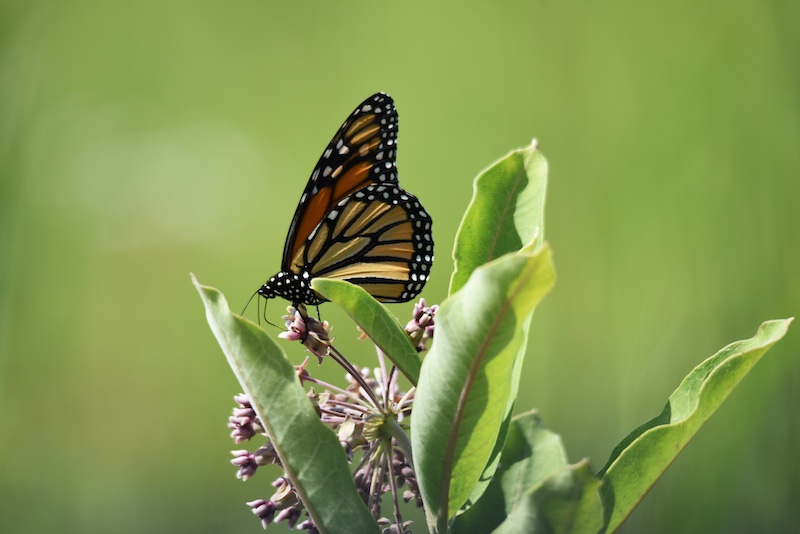
In the forest, young mammals like skunks, opossums and raccoons are preparing to leave their family groups. At dusk bats are conducting nighttime sorties for mosquitoes.
White-tail deer fawns lose their spots; bachelor flocks of adult wild turkey gobblers form; resident and migratory blue-winged teal gather before beginning their southward migration.
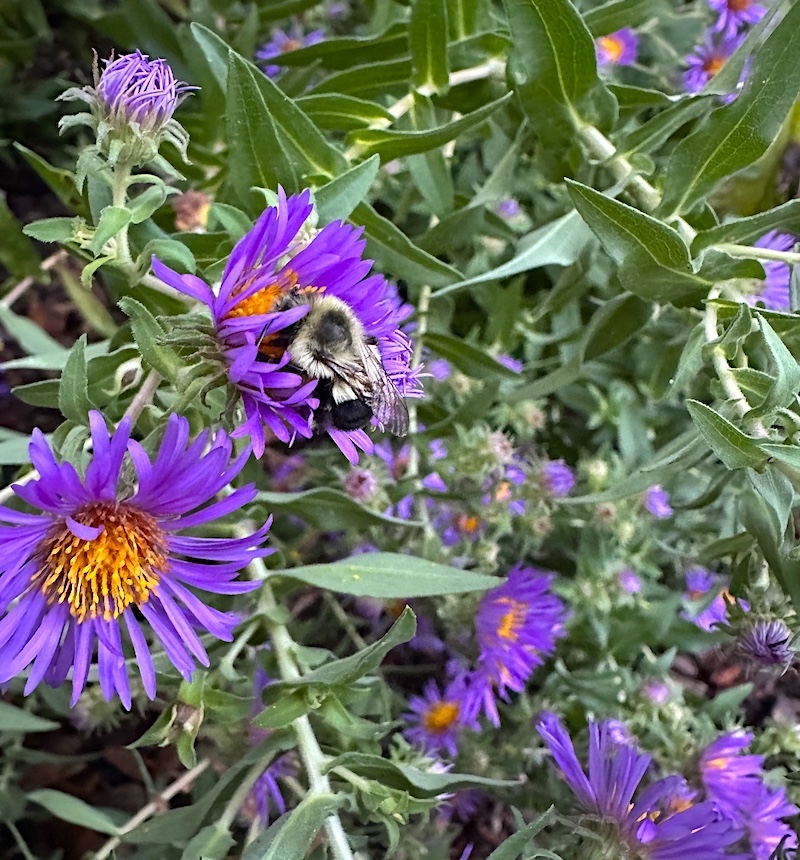
After August ties up all the loose ends of summer, September starts gearing up for fall. For starters, the urge to migrate intensifies. Chevrons of Canada geese appear in the sky, and migrating rough-legged and sharp-shinned hawks ride the thermals. After dark, listen for wood ducks, blue-winged teal, mourning doves, warblers and thrushes who fly together.
In meadows and roadsides, common green darner dragonflies and red-legged grasshoppers are searching for food while praying mantises are mating, laying eggs and awaiting the next unsuspecting meal. On the now-blooming showy goldenrod and New England asters, bees, moths and butterflies compete for a landing zone where they can enjoy a meal.
Transitions are in full swing this time of year. In the woods, white-tailed bucks prepare for the rut. Watch for their scrapes in the dirt and their antler rubs on young trees signaling would-be rivals that the territory is already claimed. Opossums wean their second litter while muskrats build their lodges in the neighboring waterways. Nearby, dark-eyed juncos arrive and goldfinch males lose their bright yellow color.
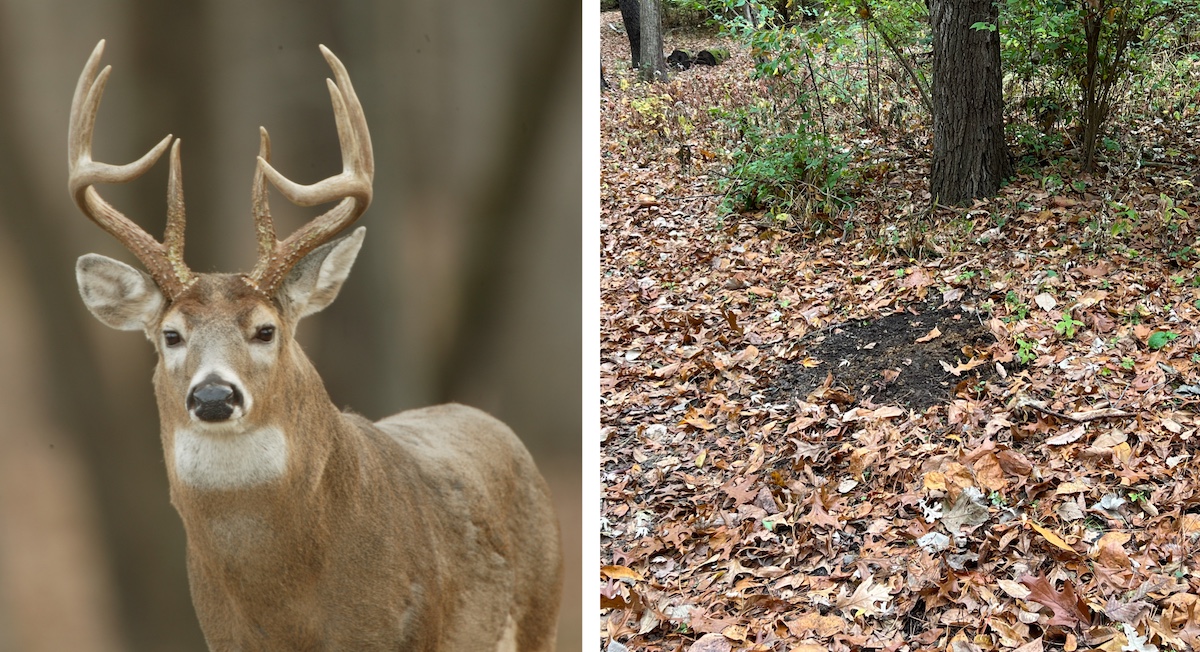
In Illinois’ lakes and streams, the fish are adjusting to the cooler water temperatures. Bluegills and crappies are actively feeding near submerged brush piles in deeper water while bass are dining in the shallows where baitfish are hiding. Nearby, catfish are suspended in the current in search of food. Salmon fishing becomes a popular activity on Lake Michigan.
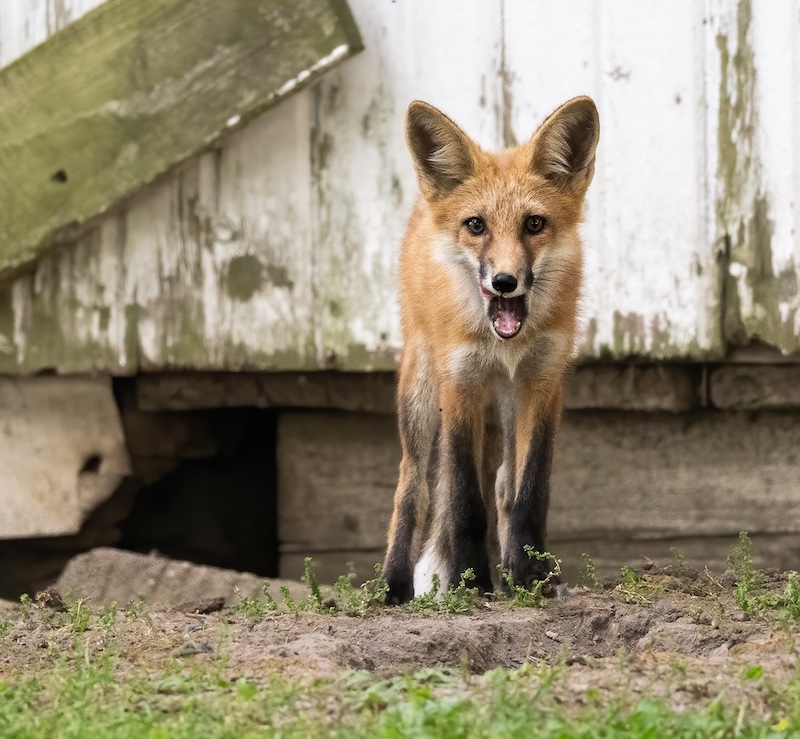
Coyotes and foxes expand their hunting grounds with their young in tow; monarchs migrate; ruby-throated hummingbirds fuel up at feeders before migrating; white-tailed bucks shed the velvet on their antlers; snapping turtle eggs hatch; brown bats mate and hibernate; broad-winged hawks and common nighthawks migrate; some morning doves may still be nesting.
Nature changes dramatically in October: fall color peaks in the hardwood trees, temperatures drop and frost regularly appears. Watch the gray and fox squirrels now construct leafy winter shelters in the treetops while ladybug beetles collect on buildings to warm in the sun. On the ground, notice banded woolly bear caterpillars in search of shelter.
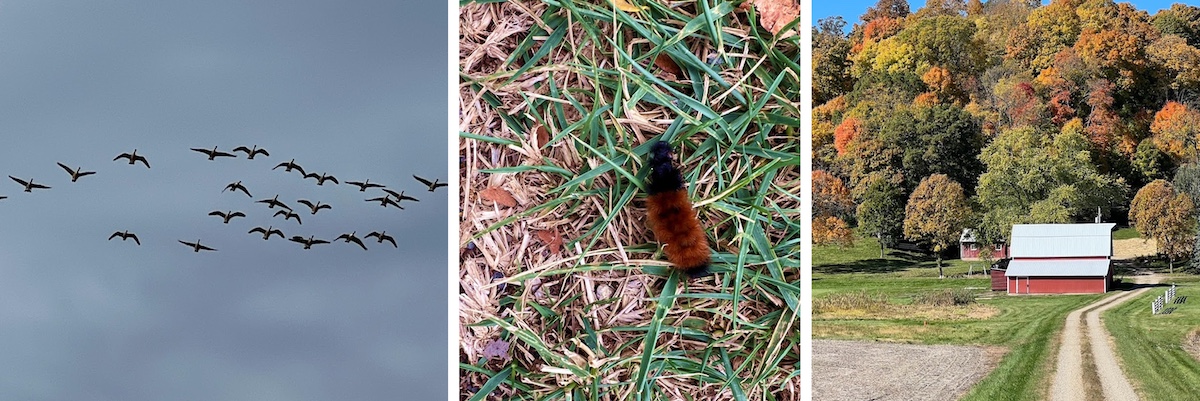
Waterfowl like green-winged teal, pintails and mallards stopover at wetlands and waterways while woodcocks, thrushes and red-winged blackbirds litter the skies. Overhead, flocks of migrating Canada geese and snow geese continue in waves.
Fish are feeding heavily now. Some, like bass, dine near the shore where the baitfish live while catfish and trout forage deeper in the water. They are kept company by beavers who are building up their winter food stores in their underwater lodges, and turtles who are burrowing their winter homes in the mud at the bottom.
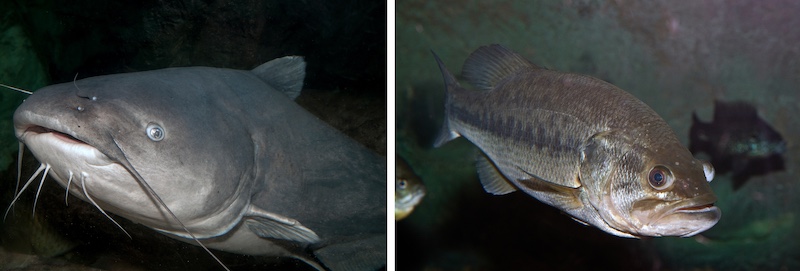
Many mammals are building their fat reserves and fortifying their winter dens. Likewise, the remaining bees and butterflies are feeding on the last of the wildflowers. Underground, woodchucks and bullfrogs are already hibernating.
Only a few voices are still heard in the forest. The last of the crickets call on warm days with the katydids taking over in the evening. At night, the owls become vocal. Listen for the barred and great horned owls as their calls ring through the darkness.
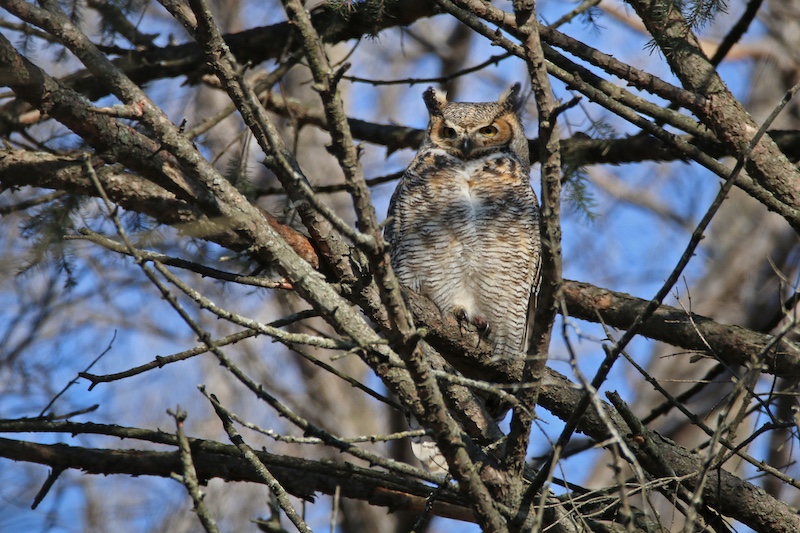
Bobwhite quail band together in coveys; pheasant flocks form; the last litters of rabbits are born; chimney swifts migrate.
* Depending on your location in Illinois, some of the events reported in this story may occur at other times. This can be explained by the difference in latitude between Illinois’ northern and southern borders which represents about a two- to three-week difference in the timing of natural events. In this story, the seasonal activities reflect those observed primarily in the central part of the state.
Carla Rich Montez is an outdoor writer living in Peoria County. She is a regular contributor to OutdoorIllinois Journal.
Submit a question for the author